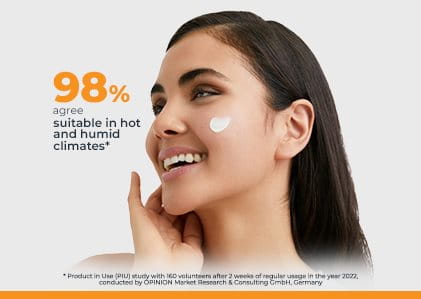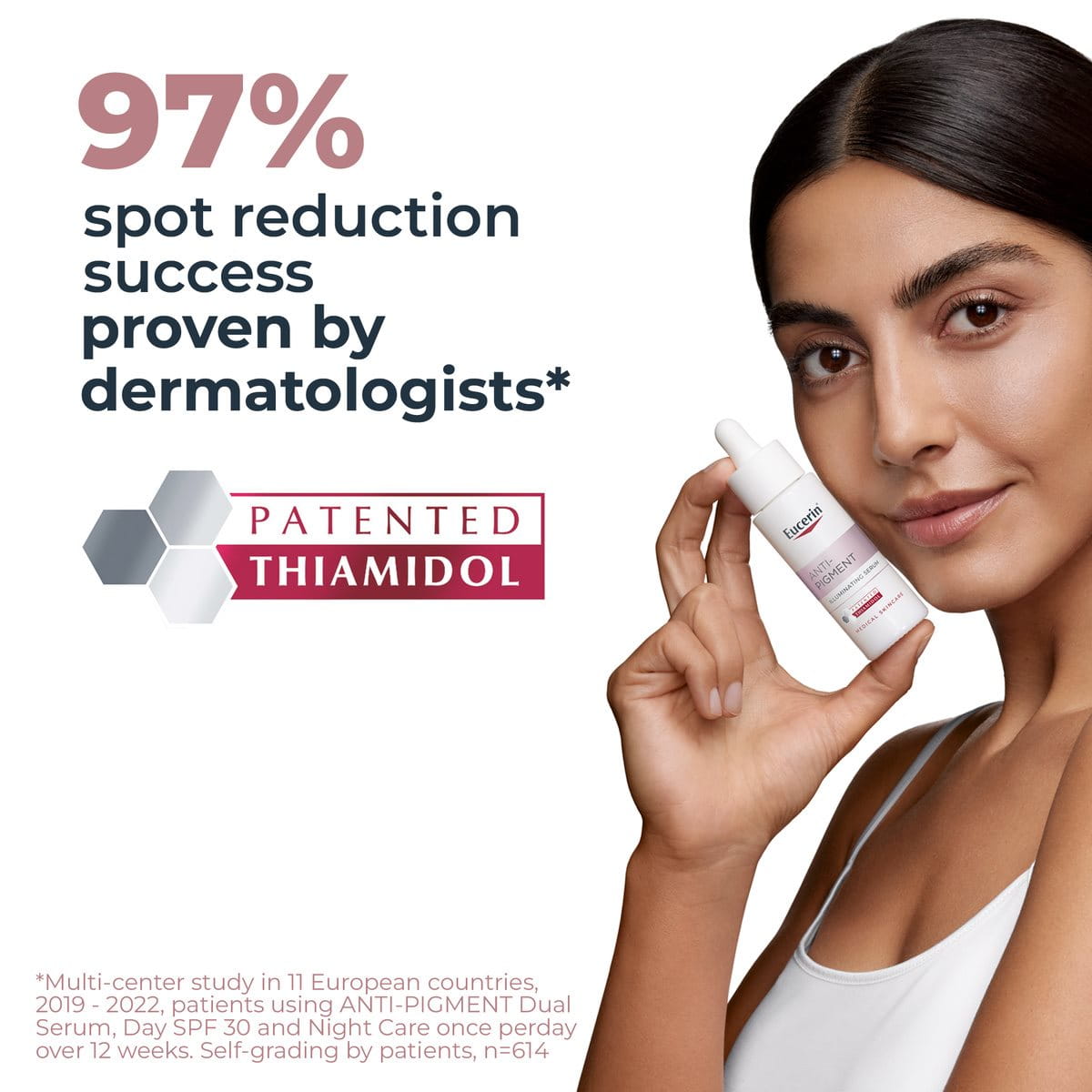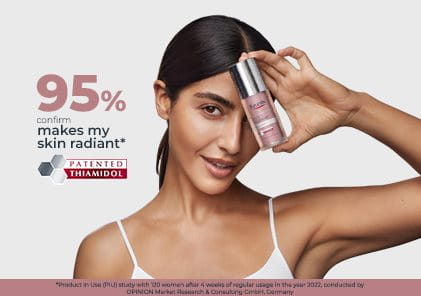Hyperpigmentation is a common skin condition, where dark spots and dark patches begin to appear on the face, neck and other parts of the body, leaving you with uneven skin tone.
While hyperpigmentation may seem like a lasting skin concern, understanding it’s causes and types can help you pave a regimen for its treatments.
Completely removing uneven pigmentation may be difficult. However, the right skincare routine can reduce the visibility of blemishes - helping you prevent hyperpigmentation going forward.
Keynotes:
- Hyperpigmentation manifests as dark spots and uneven skin tone, often caused by excessive melanin.
- Sun exposure, hormonal changes, and ageing are the main triggers of increased melanin and hyperpigmentation.
- Hyperpigmentation presents itself as age spots, melasma, post-inflammatory hyperpigmentation, and freckles, each with a unique cause and cure.
- Various skincare products, lifestyle changes, medical options, and preventive measures can be effective hyperpigmentation treatments.




